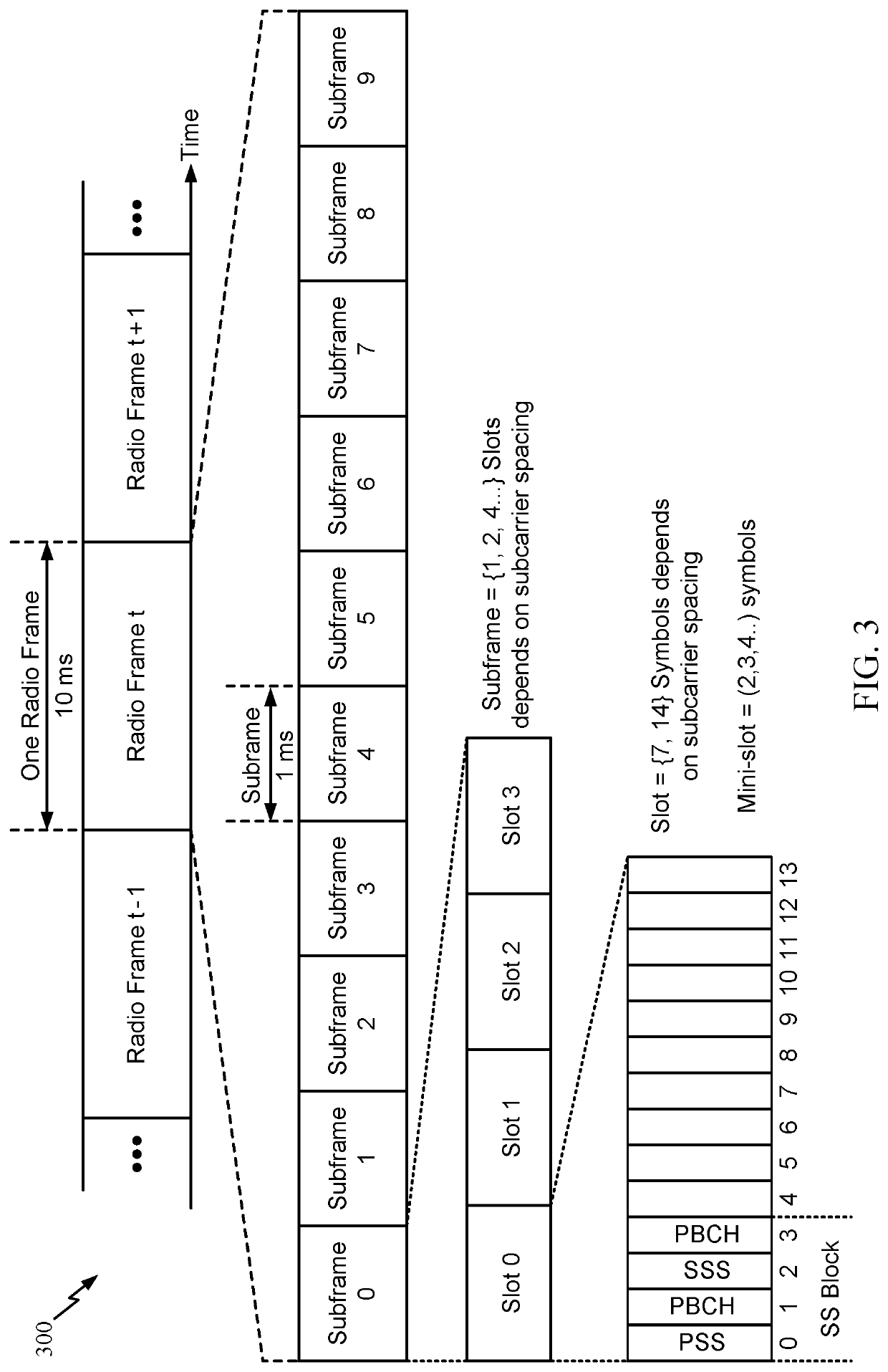Reduction of self-interference in full-duplex communication
a full-duplex communication and self-interference technology, applied in the field of wireless communication, can solve the problems of filtering problems, increasing the cost of producing ues with additional hardware, and introducing digital filter hardware into the highly integrated structure of mm-wave capable ues, etc., to achieve the effect of improving communication between access points and stations
- Summary
- Abstract
- Description
- Claims
- Application Information
AI Technical Summary
Benefits of technology
Problems solved by technology
Method used
Image
Examples
Embodiment Construction
” one will understand how the features of this disclosure provide advantages that include improved communications between access points and stations in a wireless network.
[0007]Certain aspects of the present disclosure generally relate to reducing self-interference by determining beam pairing at user equipment (UE) for full-duplex communication.
[0008]Certain aspects provide a method for managing UE self-interference by a base station (BS). The method generally includes receiving a first signal comprising a request to change a first beam pair, wherein the first beam pair includes a first uplink beam and a first downlink beam utilized by the UE for full-duplex communication with the BS, and wherein the first signal is communicated by the first uplink beam. The method further includes determining a second beam pair based on one or more communication parameters of the full-duplex communication, and transmitting a second signal to the UE, wherein the second signal is configured to be rec...
PUM
 Login to View More
Login to View More Abstract
Description
Claims
Application Information
 Login to View More
Login to View More - R&D
- Intellectual Property
- Life Sciences
- Materials
- Tech Scout
- Unparalleled Data Quality
- Higher Quality Content
- 60% Fewer Hallucinations
Browse by: Latest US Patents, China's latest patents, Technical Efficacy Thesaurus, Application Domain, Technology Topic, Popular Technical Reports.
© 2025 PatSnap. All rights reserved.Legal|Privacy policy|Modern Slavery Act Transparency Statement|Sitemap|About US| Contact US: help@patsnap.com



